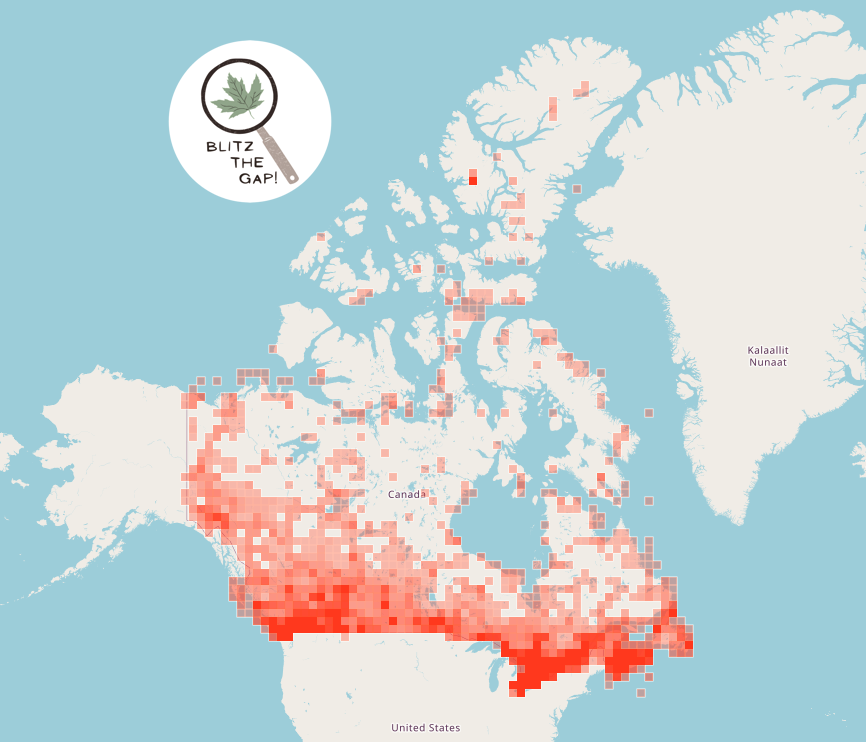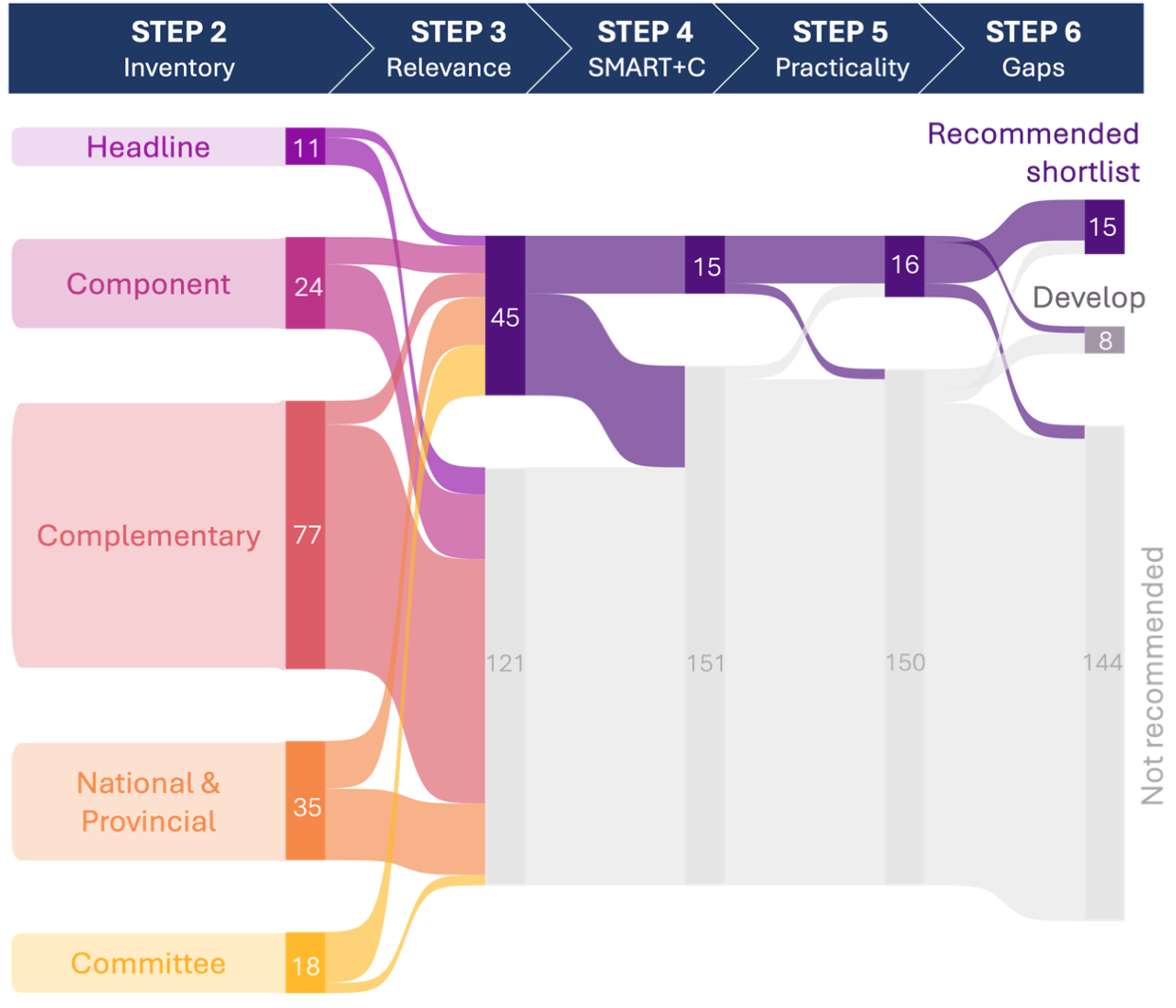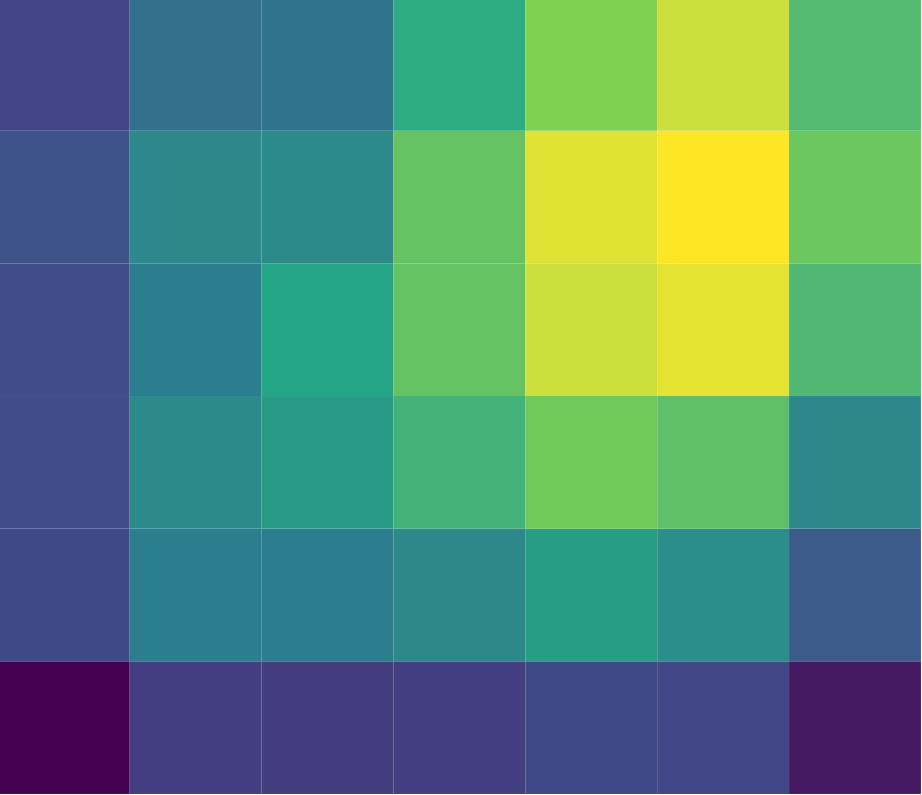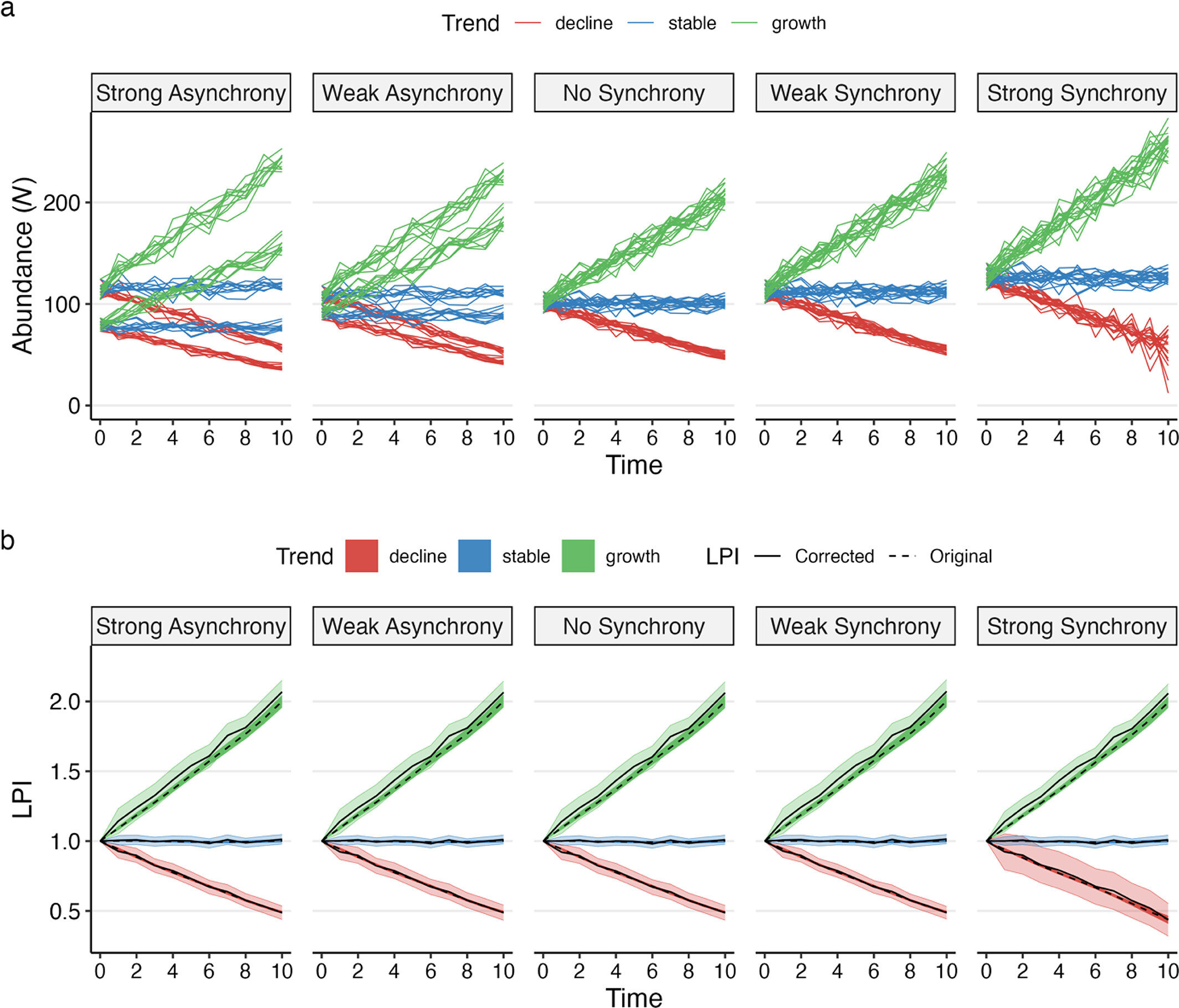Hi! I'm Katherine.
I use ecological theory, data, and programming to (try to!) improve our measurements of biodiversity change.
I'm a Postdoctoral fellow in the Quantitative Biodiversity Lab at McGill University. I'm also happy to be a BIOS2 fellow, and to be part of the Quebec Centre for Biodiversity Science.
My research interests include biodiversity change, biodiversity indicators, community stability, population dynamics, and island biogeography.






